Given that we spend about three quarters of our time indoors (counting both home and work), it is essential that we work to ensure clear indoor air quality. Contrary to what many people believe, indoor air is often more polluted than outdoor air.
How is inside air worse that outside air?
The air you breathe inside originates outside, coming in through air leaks, windows or ventilation systems, so right off the bat the best air quality you can hope for is at 'par' with what is outside. Now take that and add formaldehyde and other chemicals from manufactured wood products, and VOCs (volatile organic compounds) found in finishes, paints and adhesives. Following that are the perfumes and other chemicals found in detergents, bleaches and cleaners. So how do we cope with this toxic soup? Sometimes we add more chemicals, as if that somehow cleans the air.
What is an ambient fragrance?
We've all seen the commercials for magical little 'air fresheners' that are said to stop odours that originate through pets, cooking and general human habitation. And there are a multitude of such sprays and vaporizers (eg Febreze), gels, oils, scented candles, potpourris or diffusers such as Air-wick or Glade plug-ins.
Some people choose to put them in homes, other times you breathe them without even having a choice, in places such as offices, commercial spaces, public transportation and airplanes etc. It is particularly noticeable in malls or pharmacies as we are often forced to walk through perfume-laden aisles to get to medicines that we may need to cope with respiratory issues.
Globally, this is a 10 billion dollar industry with more than 72% of Americans using them at least once a week [1],and they are even more popular in Europe and Asia. In Korea, there is an 8.8% increase in the use of these products every year[2].
什么物质隐藏在周围的香味中?
A German study [3] identified no fewer than 14 different volatile organic compounds (VOCs) after one hour of diffusion. Similar results were found in a study conducted in the United States. All products tested emitted at least one type of VOC, and a quarter of these VOCs are listed as potentially toxic according to US law [4].
Are there safe and natural ambient fragrance products?
Yes, but they are not very common. 85% of products called "natural" or "fragrance-free" also emit phthalates, a well known VOC [3].And it seems that virtually all ambient room fragrances (sprays, gels, cartridge diffusers and evaporators) each have the potential to emit many VOCs. And many of these substances (phthalates, acetaldehyde, formaldehyde and 1.4 dichlorobenzene and other fine particles) are considered toxic by human-health researchers.
What are the main health effects?
即使是小剂量,这些物质也对人体健康有害,并可能造成以下影响:偏头痛、哮喘、呼吸困难和疾病、儿童腹泻和耳部问题、神经系统疾病、心室颤动、生殖系统疾病、免疫系统疾病和癌症。[5].
Studies [6] conducted in the US and Australia reported that exposure to indoor perfumes and deodorants caused respiratory problems in more than 9% of people, and led to headaches for between 4% and 7% of people.
Dr. Anne Steinemann, Ph.D, the author of the Australian study, said in an interview that formaldehyde is known to cause eye, nose and throat irritation and can cause coughing, sneezing, bronchitis and dizziness [7].
不幸的是,甲醛不仅存在于室内香水中,还存在于许多日常产品和物品中,如油漆、清漆和木胶(中密度纤维板、三聚氰胺)。Read more about this in our guide.
Spraying a cloud of blurry information:
There is a very long list of companies creating such fragrances; given that, and how fiercely proprietary information is guarded, it is very difficult to compile a list of all the components we inhale, with or without our consent.
There is no known legislation in the world that forces manufacturers of ambient fragrances to declare the complete list of compounds found in their products. In Canada, manufacturers of such products are only required to disclose immediate health risks - such as the danger of potential combustion, risk of skin or eye irritation or the potential to poison users [8].
此外,几项研究表明,在独立测试中发现的大部分成分没有由制造商申报。In a comparative study of the reported and unreported components of six room fragrances, more than 90% were not reported and yet their percentage in the formulation was substantial (over 75%) [9].
这归结为一个“买家小心”的环境,消费者有责任联系制造商以获得更多信息。然而,该公司必须足够透明,以便在被问及时分享这些信息。
Alternative products like incense or essential oils:
熏香是由植物和树木制成的,将树皮、树脂或花朵磨成粉末,与刺槐胶(又名阿拉伯胶)混合,形成锥状或棒状。尽管它们的来源是自然的,但一些研究表明,许多种类的香会释放高浓度的挥发性有机化合物(苯、甲苯、甲醛、乙醛和许多其他物质)。And it would appear that it is in even greater quantity than what is found in scented candles [10].
The burning of incense potentially releases carcinogens and puts us at risk of acute, chronic respiratory problems. A Chinese study [11] found that the smoke released by two incense sticks tested had toxic effects on laboratory mice. Obviously the amount we would be exposed to would be lower than those unfortunate mice, but breathing smoke in any form remains a health risk.
Unfortunately, according to Steinemann, author of the main study, the substances emitted by products containing essential oils are similar to those found in other fragrances. Each essential oil product tested contained at least one substance that is classified as toxic.
For pure essential oils, previous studies (eg Chiu et al., 2009) demonstrated that VOCs such as benzene and toluene were released when oils were heated to 40°C. In regards to the health effects when using essential oils in a way other than by diffusion with combustion (applied to the skin or in a bath, for example), more information and research is necessary. For now it is best to use caution when using essential oils [12]. It should be noted that it is not recommended to put undiluted, pure essential oils on the skin as it can cause irritation and a rashes.
Our recommendations:
Avoid all such commercially purchased products. Beyond just polluting the air we breathe, products such asAir WickorGlade过程中消耗能量!
Instead of reaching for additional chemicals to mask smells, use bathroom fans and stove hoods or open a window. When that's impossible or just doesn't really make sense (like in winter) make sure you have a properly-running home ventilation system. And if you really want a supplementary fragrance, try using orange peels, or hang some sprigs of thyme or eucalyptus. I have tested this myself and it's amazingly effective.
Sources:
- Study cited in introduction: A. Steineman, Ten issues concerning air fresheners and indoor built environments, Elsevier. 2 (2017) 281
[1] A. Steinemann, Fragranced consumer products: exposures and effects from emissions, Air Qual. Atmos. Health (2016a)
[2] Y.R. Jung, H.H. Park, Y.H. Oh, S.G. Kim, J.R. Sohn, S.H. Kim, Y.J. Yu, G.N. Bae, M.G. Kim, Emission characteristics of volatile organic compounds from air freshener using small emission chamber, J. Korean Soc. Environ. Eng. 33 (2010) 183e190.
[3] E. Uhde, N. Schulz, Impact of room fragrance products on indoor air quality, Atmos. Environ. 106 (2015) 492-502.
[4] A. Steinemann, Volatile emissions from common consumer products, Air Qual. Atmos. Health 8 (3) (2015) 273e281 et A. Steinemann, Volatile emissions from common consumer products, Air Qual. Atmos. Health 8 (3) (2015) 273-281.
[5] A. Steineman, Ten questions concerning air fresheners and indoor built environments, Elsevier. 2 (2017)
[6] A. Steinemann, Prevalence of Effects from Fragranced Consumer Products, 2016. Preventive Medicine Reports (accepted) et A. Steinemann, Fragranced consumer products: exposures and effects from emissions, Air Qual. Atmos. Health (2016a),http://dx.doi.org/10.1007/s11869-016-0442-z
[7]http://www.grandparents.com/health-and-wellbeing/health/are-air-freshene...
[8]http://www.ccohs.ca/oshanswers/hsprograms/scent_free.html
[9] E. Uhde, N. Schulz, Impact of room fragrance products on indoor air quality, Atmos. Environ. 106 (2015) 492-502.
[10]融洽ineris -刚果民主共和国- 11 - 115731 - 06669 b。树枝和功能分类émissions de composés空气中的有机物、挥发物和微粒intérieur(2011)。70
[11] Zhou, R., An, Q., Pan, X.W. et al. Environ Chem Lett (2015) 13: 465.


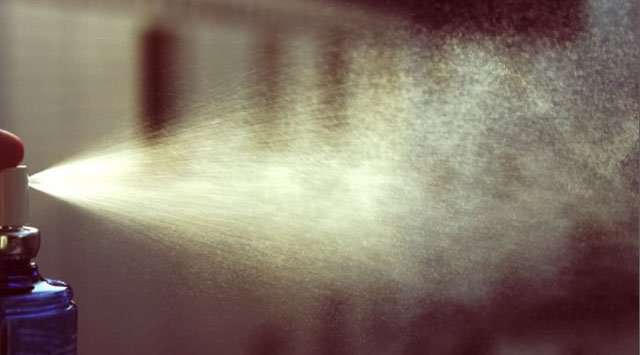












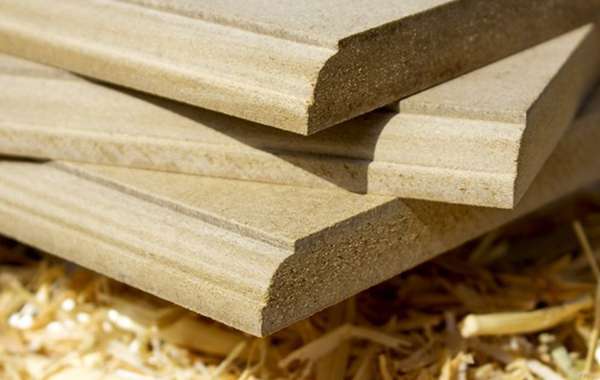

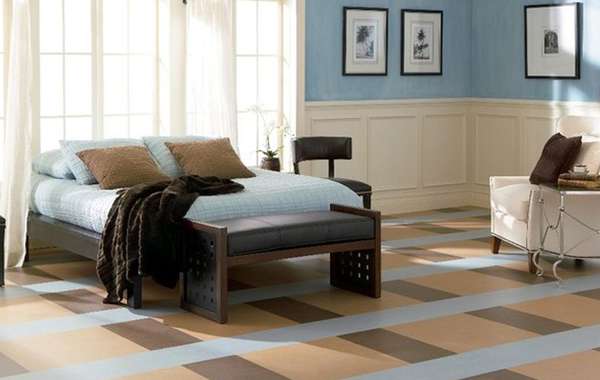



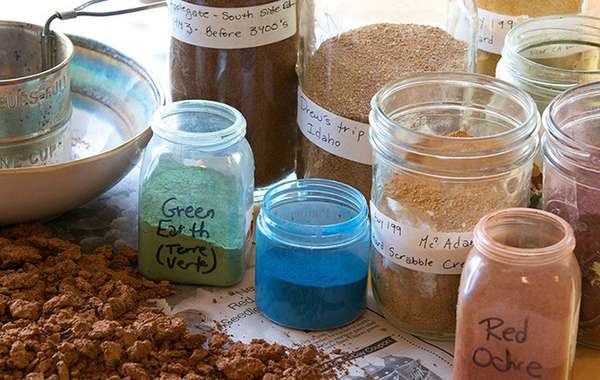
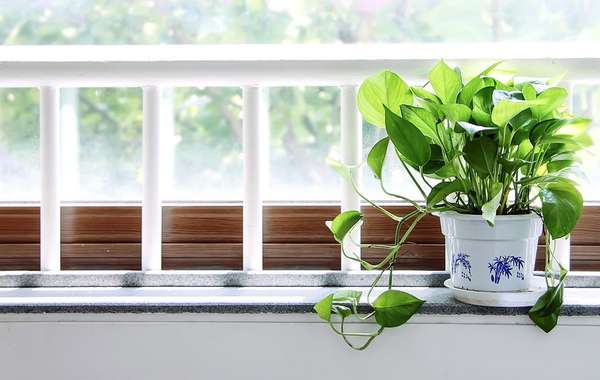
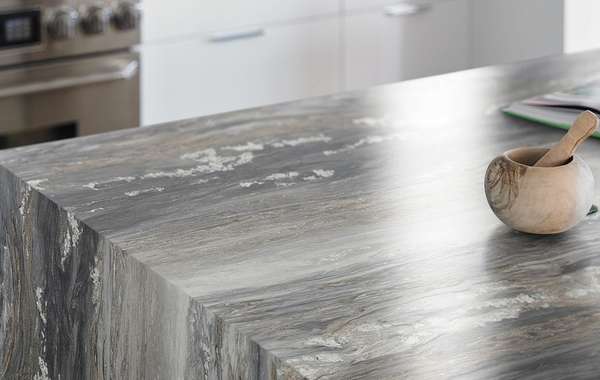

Comments (0)
Sign Up to Comment